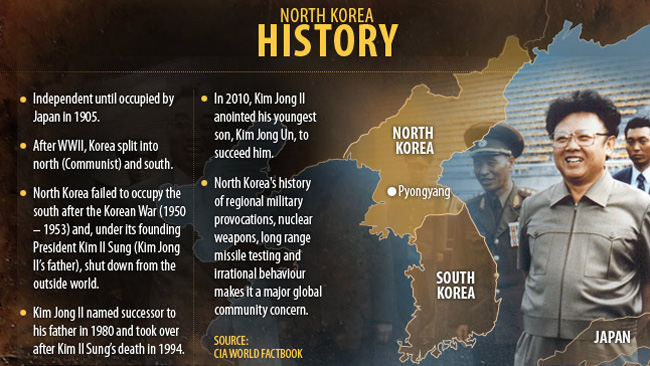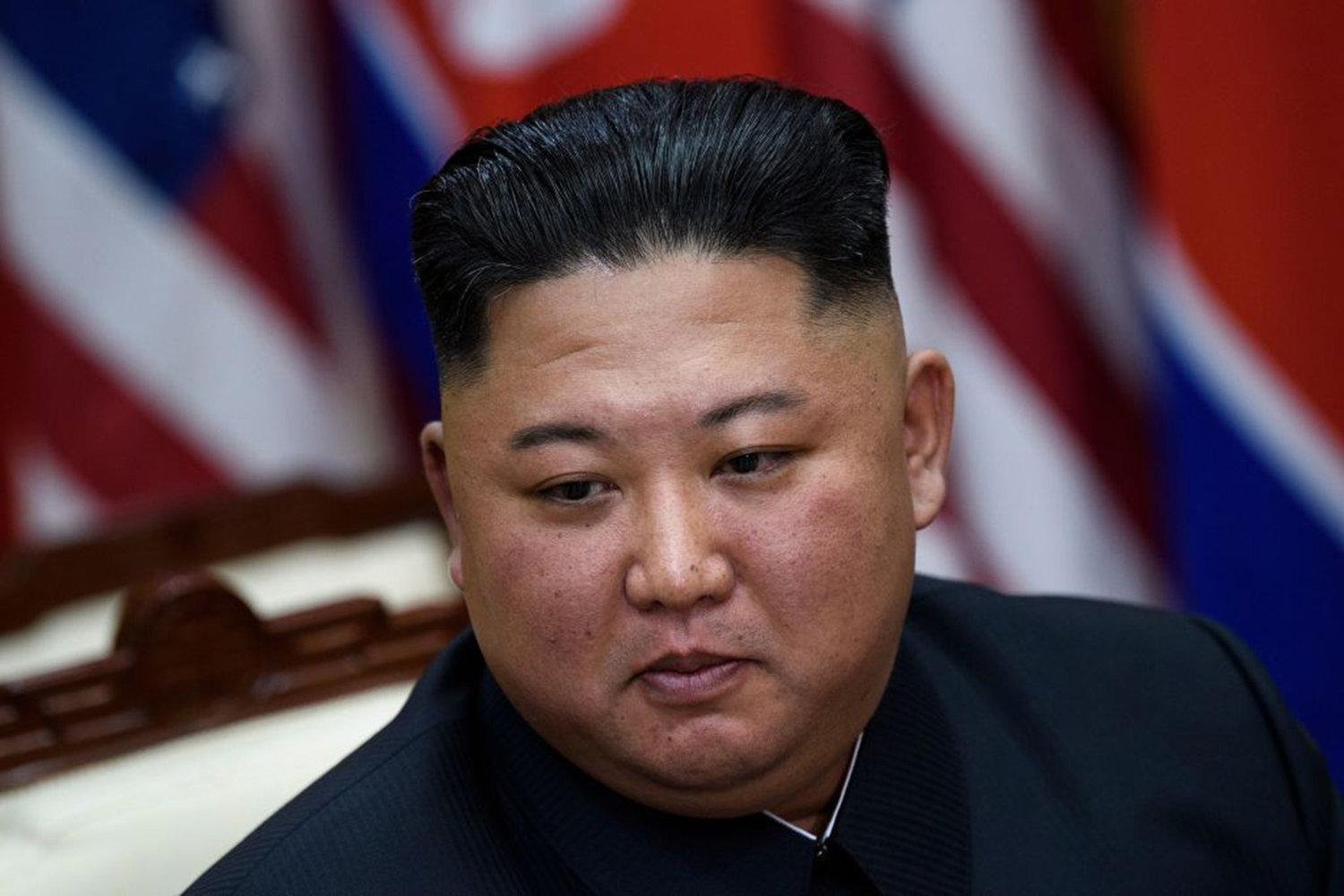

The United States had recognized Korean independence in 1882 but did nothing to stop the annexation of Korea by the Japanese. The first theater of that war would be Korea. The Russians had been excluded from the Allied occupation of Japan after World War II, and Stalin and Mao Zedong thought a new Japanese-American conspiracy was afoot to mount a counteroffensive against Asian Communism. In February 1950, the People’s Republic of China and the Soviet Union signed a comprehensive alliance to oppose any intervention by the Chinese Nationalists, the Japanese, and the Americans that might reverse the Chinese Revolution. With Soviet assistance, the Chinese Communists defeated the Chinese Nationalists between 19.
#Us and south korea timelime series
The Koreans had continued to struggle against Japan in China and Manchuria and in a series of uprisings and guerrilla raids within Korea until Japan’s defeat by the Allies in World War II. Japan had defeated the Chinese in 1895 and the Russians in 1905, and then incorporated Korea into the Japanese empire in 1910.

Within Asia the war was a regional conflict over the future security of two Chinas, one Communist and one Nationalist, and the containment of Japan, while for the United States and the Soviet Union, the war for Korea was a limited part of a post-1945 global competition for power.įor each member of the Communist coalition-the Chinese, Russians, and North Koreans-the war was one more step toward destroying Japanese imperialism on the mainland of Asia. To the south, the Republic of Korea (ROK) had a Western-style constitution and Christian-capitalist orientation and the support of the United States and the United Nations. To the North was a coalition led by three dictators-Josef Stalin, Mao Zedong, and Kim Il-sung-devoted to creating a Communist Korea, a single-party state that controlled all economic assets and all aspects of the people’s lives.

For North and South Korea, the conflict was a civil war, a struggle with no possible compromise between two competing visions for Korea’s future. The Korean War was three different conflicts from the perspective of the disparate groups who fought in it.


 0 kommentar(er)
0 kommentar(er)
